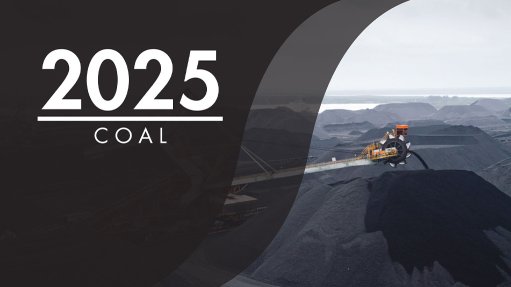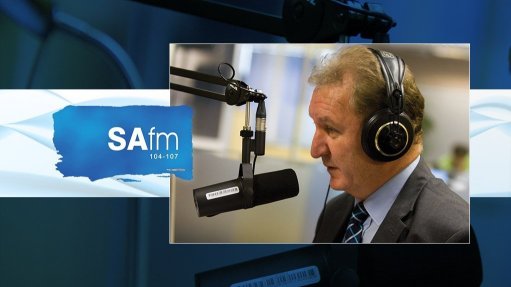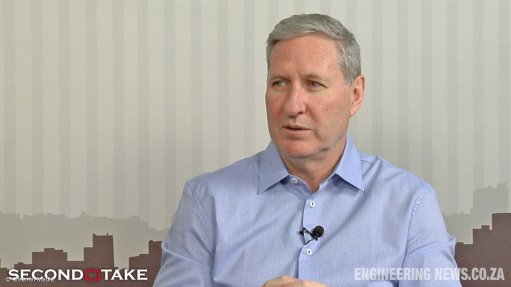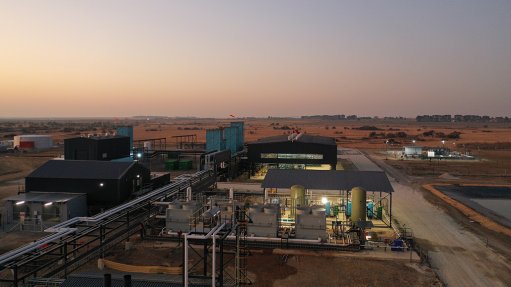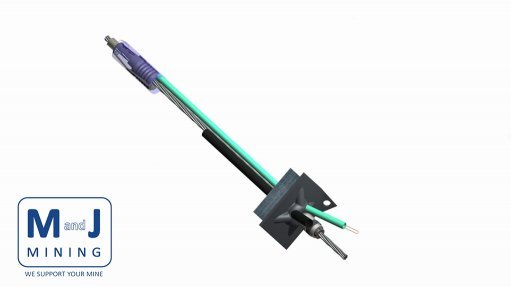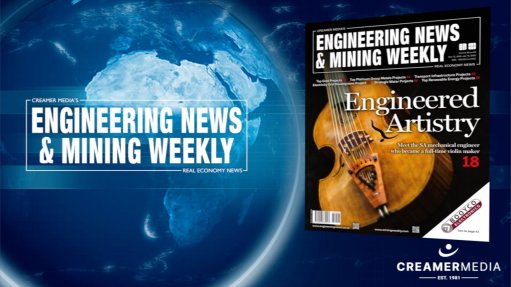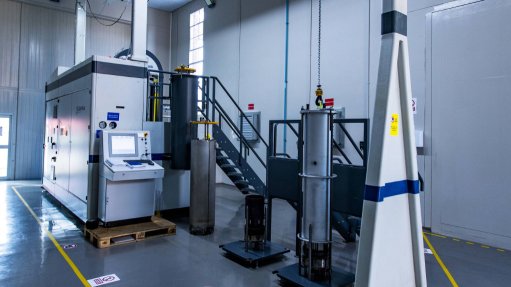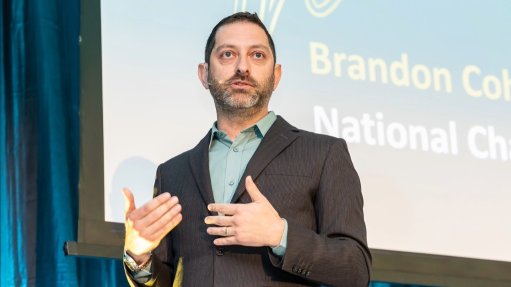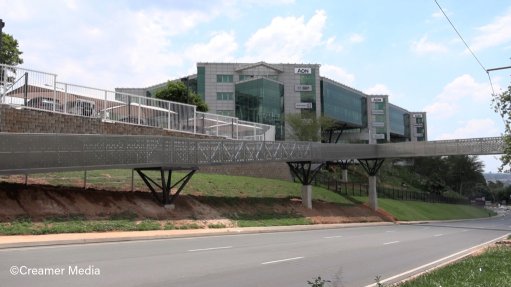The hidden challenges of executing commercial and industrial solar projects
This article has been supplied.
By: Grant Berndsen - CEO, Terra Firma
Pressure on SA’s industrial sector is mounting: rising costs, tight margins, trade barriers, carbon taxes and global competition. Energy cost and availability is one of the most urgent concerns. Tariffs for Eskom customers are up about 45% in three years, while changes to time-of-use tariff structures push electricity bills even higher. The threat of load shedding is still with us. For industries such as manufacturing, food processing and mining that live and die on uptime, these combined pressures are becoming impossible to ignore.
The business case for solar is obvious to all by now. In the right conditions, payback periods can be as short as three to five years, with typical ROIs in the double digits, and systems can deliver decades of clean, low-cost energy after that.
However, in complex, high-stakes operational environments, solar is rarely plug and play. For instance, on brownfield sites, every connection point, cable route and equipment interface must be mapped and understood, often without complete facility drawings and records. Add ageing infrastructure, mixed equipment, grid constraints including numerous municipal and Eskom hurdles, plus legal issues, and the complexity just escalates.
After working with hundreds of companies across manufacturing, mining, food processing and heavy industry, it is clear to me that complexity is often underestimated. Not only by business leaders; consultants and less experienced solar providers can overlook what is needed to address it.
One need only look at the consequences. In 2022, Amazon took all of its North American rooftop solar systems offline after inspections revealed critical safety risks. We’ve seen similar issues locally, when projects are rushed or suppliers are chosen on price alone.
Delays or project cancellations can happen when existing infrastructure is not fully understood before construction. Technology mismatches may need expensive redesigns. Underperforming systems, rising maintenance costs or safety incidents can surface long after commissioning. Critically, without ongoing operations and maintenance, plant performance can decline, warranty claims may be lost, and small faults can grow into major failures.
In industrial environments, these issues stop production, damage equipment and can cause fatal accidents. The cost of unserved energy in some facilities runs into millions of rands per hour, with losses rarely recoverable.
Developing and engineering for complexity
Over the years, I have come to value what I call the “grey hairs and scars”, i.e., the hard-won experience of having faced and solved thousands of diverse, complex solar challenges in SA’s industrial environments. These lessons allow projects to be designed, built and operated in ways that anticipate risks, reduce delays and deliver reliable performance over the plant’s lifetime.
So what does complexity look like in practice, and how is it managed?
In one case, a solar plant was integrated with nine backup generators and sensitive, expensive refrigeration equipment, all on an unstable grid. Meticulous planning protected stock worth millions while keeping cold-chain operations running. This was only possible through upfront power-quality studies, detailed interface mapping, and tight coordination between engineers, operators and contractors to stage works against production windows and to manage risk at every step.
Another case is an industrial site of national importance, where a 25 MW solar installation that will cover a large proportion of the operational site is being built. The project is delivered in phases spanning multiple substations, roof and ground mount structures, layered security requirements and diverse system types, all while working within strict operational, safety and security protocols. In this case, diverse engineering experience, deep HSE (health, safety and environment) understanding and culture plus operational flexibility allowed on time delivery to the highest material and operating standards.
Where to start
These examples show that complex solar projects can succeed when risks are anticipated and managed. But for new projects, the question is where to begin.
The most successful projects start with an unflinching assessment of complexity. That means looking at the whole terrain before a single panel is installed and working through each piece with your delivery partner. Seeing the big picture upfront helps avoid expensive surprises later.
The first step is to measure electrical demand and consumption to ensure an optimised solution that delivers its ROI. From there, understand the technical realities on the ground: mapping undocumented networks, assessing mixed-age equipment, and confirming the integrity of roofs or ground structures before design work begins. Understanding the client’s electrical load profile is particularly important when backup batteries are part of the solution.
Equally critical is choosing a delivery partner with a proven end-to-end track record in similar industrial settings. This experience is what ensures the project is delivered and operated as intended.
Legal and regulatory requirements should be addressed early, aligning contracts and responsibilities, and securing municipal, Eskom and other regulatory approvals within realistic timelines. Operational constraints often prove to be the hardest part. Limited shutdown windows, production schedules and site-specific health and safety protocols, particularly in hazardous or food-grade environments, demand careful planning. This is where experience matters most, especially in brownfield environments where a single oversight can cause expensive disruptions.
Technology choices must be grounded in the site’s operational realities, future expansion plans and maintenance capabilities, including whether batteries will be part of the solution. And throughout, operations and maintenance should be factored in from day one, with monitoring, performance reviews and preventative maintenance built into the business case.
Taken together, these measures determine whether a solar plant becomes a long-term asset or a liability.
Conclusion
Solar is critical for reducing costs, cutting emissions and strengthening the competitiveness of SA’s industrial and mining sectors. But its value only materialises if systems are engineered from the outset for the type of complexities I have highlighted and are then maintained with discipline over decades. The key, ultimately, is to treat complexity as a given, not an afterthought.
Article Enquiry
Email Article
Save Article
Feedback
To advertise email advertising@creamermedia.co.za or click here
Comments
Press Office
Announcements
What's On
Subscribe to improve your user experience...
Option 1 (equivalent of R125 a month):
Receive a weekly copy of Creamer Media's Engineering News & Mining Weekly magazine
(print copy for those in South Africa and e-magazine for those outside of South Africa)
Receive daily email newsletters
Access to full search results
Access archive of magazine back copies
Access to Projects in Progress
Access to ONE Research Report of your choice in PDF format
Option 2 (equivalent of R375 a month):
All benefits from Option 1
PLUS
Access to Creamer Media's Research Channel Africa for ALL Research Reports, in PDF format, on various industrial and mining sectors
including Electricity; Water; Energy Transition; Hydrogen; Roads, Rail and Ports; Coal; Gold; Platinum; Battery Metals; etc.
Already a subscriber?
Forgotten your password?
Receive weekly copy of Creamer Media's Engineering News & Mining Weekly magazine (print copy for those in South Africa and e-magazine for those outside of South Africa)
➕
Recieve daily email newsletters
➕
Access to full search results
➕
Access archive of magazine back copies
➕
Access to Projects in Progress
➕
Access to ONE Research Report of your choice in PDF format
RESEARCH CHANNEL AFRICA
R4500 (equivalent of R375 a month)
SUBSCRIBEAll benefits from Option 1
➕
Access to Creamer Media's Research Channel Africa for ALL Research Reports on various industrial and mining sectors, in PDF format, including on:
Electricity
➕
Water
➕
Energy Transition
➕
Hydrogen
➕
Roads, Rail and Ports
➕
Coal
➕
Gold
➕
Platinum
➕
Battery Metals
➕
etc.
Receive all benefits from Option 1 or Option 2 delivered to numerous people at your company
➕
Multiple User names and Passwords for simultaneous log-ins
➕
Intranet integration access to all in your organisation




